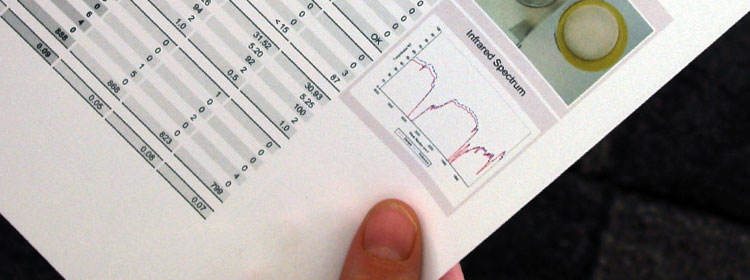Coolants must primarily fulfil two tasks:
Firstly, they act as corrosion protection to protect metallic components in the cooling circuit from the damaging effects of oxygen.
Secondly, their main task is cooling itself.
Water is very suitable for the latter, but it has decisive disadvantages, especially at high temperatures.
For this reason, continuously improved additive packages have been developed and utilised. In some cases, this has resulted in products that achieve outstanding performance in special applications, but can lead to premature machine failures with some materials.
As part of the 2-module online training course “Coolant as a machine element”, the properties of different coolant formulations are highlighted.
For which area of application have they been optimised? And what consequences can there be if coolant recommendations are not adhered to?
Furthermore, the question of whether the period of use of coolants is limited and how a deterioration of the coolant condition can be analysed is clarified.









